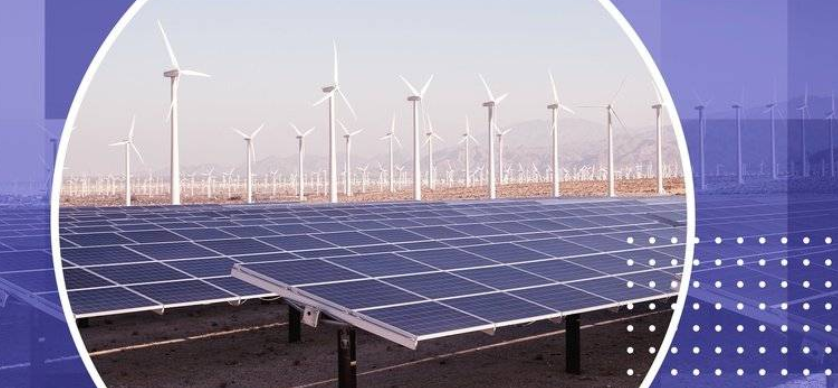
Recently, the International Energy Agency (IEA) released the 2023 World energy resources Investment Report, which shows that with the rapid development of clean energy, the global solar energy investment is expected to surpass oil for the first time this year. According to the IEA, the total global energy investment in 2023 is expected to reach 2.8 trillion US dollars, with clean energy investment expected to increase by 24% compared to 2021, reaching over 1.7 trillion US dollars. The increase in fossil fuel investment during the same period was 15%, reaching $1.1 trillion. Driven by renewable energy and electric vehicles, it is expected that annual clean energy investment will increase by 24% between 2021 and 2023, while fossil fuel investment will increase by 15% during the same period. However, more than 90% of this growth comes from developed economies and China. If there is no clean energy transition elsewhere, global energy will face serious risks of new boundaries.
01 | The National Energy Administration released statistical data on the national power industry from January to February, showing that from January to February, major power generation enterprises in China completed an investment of 67.6 billion yuan in power engineering, a year-on-year increase of 43.6%. Among them, nuclear power reached 8.7 billion yuan, a year-on-year increase of 44.8%; Solar power generation reached 28.3 billion yuan, a year-on-year increase of 199.9%. As of the end of February, the cumulative installed power generation capacity in China was about 2.6 billion kilowatts, an increase of 8.5% year-on-year. Among them, the installed capacity of wind power is about 370 million kilowatts, an increase of 11.0% year-on-year; The installed capacity of solar power generation is about 410 million kilowatts, a year-on-year increase of 30.8%. Developing new energy is an inevitable choice to accelerate the construction of a new energy system and achieve sustainable development in the future.
At present, China has a relatively complete new energy industry chain system, and wind power and photovoltaic power generation have entered a new stage of affordable, subsidized, and market-oriented development. According to data from the National Energy Administration, in 2022, the newly installed capacity of wind and photovoltaic power in China exceeded 120 million kilowatts, reaching 125 million kilowatts, surpassing 100 million kilowatts for three consecutive years. As of the end of 2022, the installed capacity of renewable energy has exceeded 1.2 billion kilowatts, reaching 1.213 billion kilowatts, accounting for 47.3% of the total installed capacity of power generation in China, an increase of 2.5 percentage points compared to 2021. Among them, the installed capacity of wind power is 365 million kilowatts, solar power is 393 million kilowatts, biomass power is 41 million kilowatts, conventional hydropower is 368 million kilowatts, and pumped storage is 45 million kilowatts. According to the plan of the National Energy Administration, the installed capacity of wind power will reach around 430 million kilowatts and solar power generation will reach around 490 million kilowatts in 2023.
02 | Fossil fuel investment is also increasing, although this is a welcome development, the IEA warns that fossil fuel investment is also increasing. Fossil fuel investment should have rapidly declined to achieve net zero emissions by 2050. The IEA warns that the current investment expenditure on fossil fuels is more than twice the level required to achieve net zero emissions by 2050. The misalignment of coal is particularly noticeable, with current investment almost six times the level required to achieve net zero emissions by 2030. The IEA also pointed out that clean energy investment is concentrated in developed countries and China, while the largest increase in fossil fuel investment is in Middle Eastern countries.
03 | Jingtai viewpoint: Although fossil fuel investment lags behind cleaner alternatives, it will still reach its highest level since before the pandemic. Only a sharp decline within ten years can meet the International Energy Agency's vision that the earth will achieve net zero emissions by the middle of this century. Especially for the most severely polluted fossil fuel coal. Coal supply investment will increase by 10% this year, setting a new historical high.





